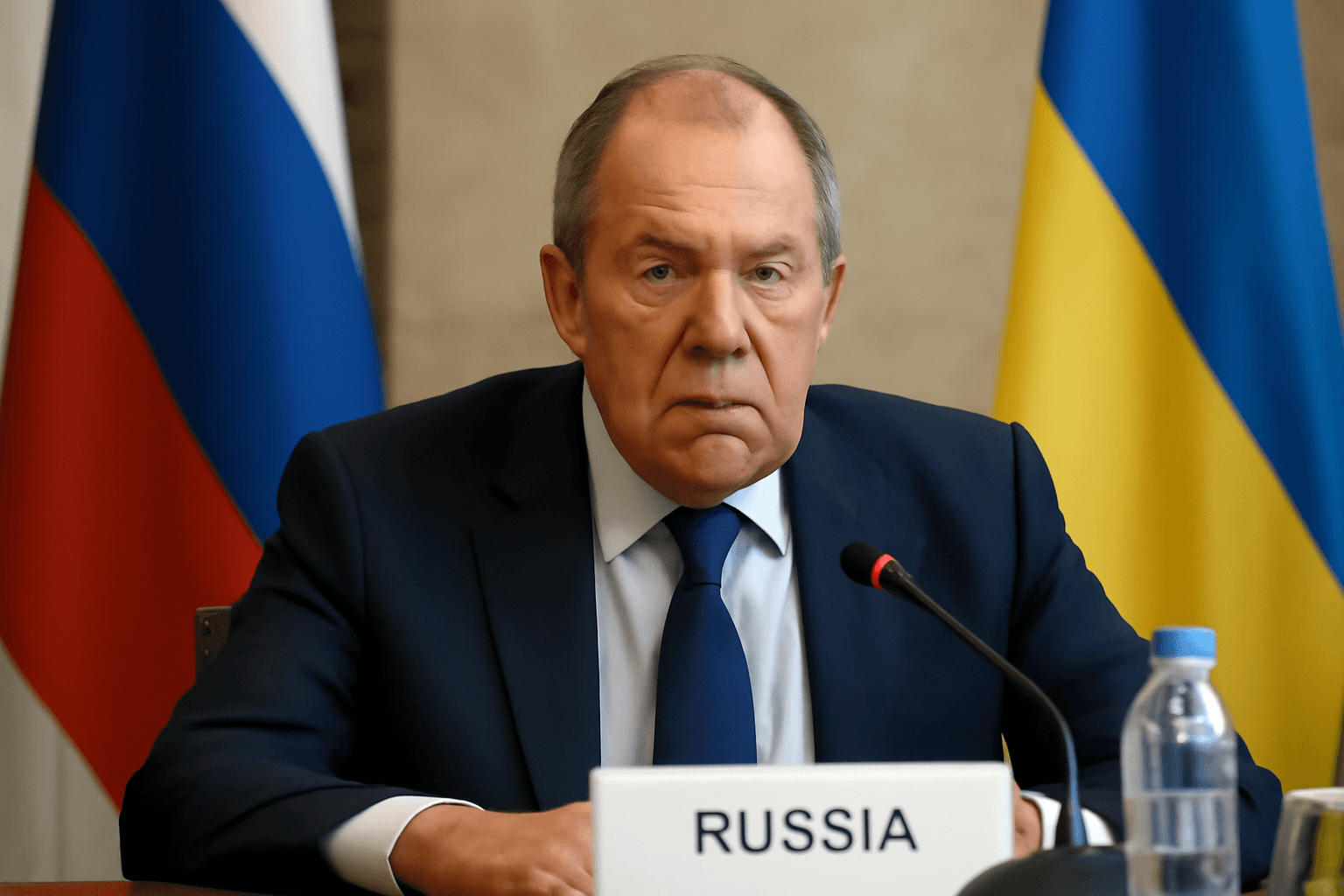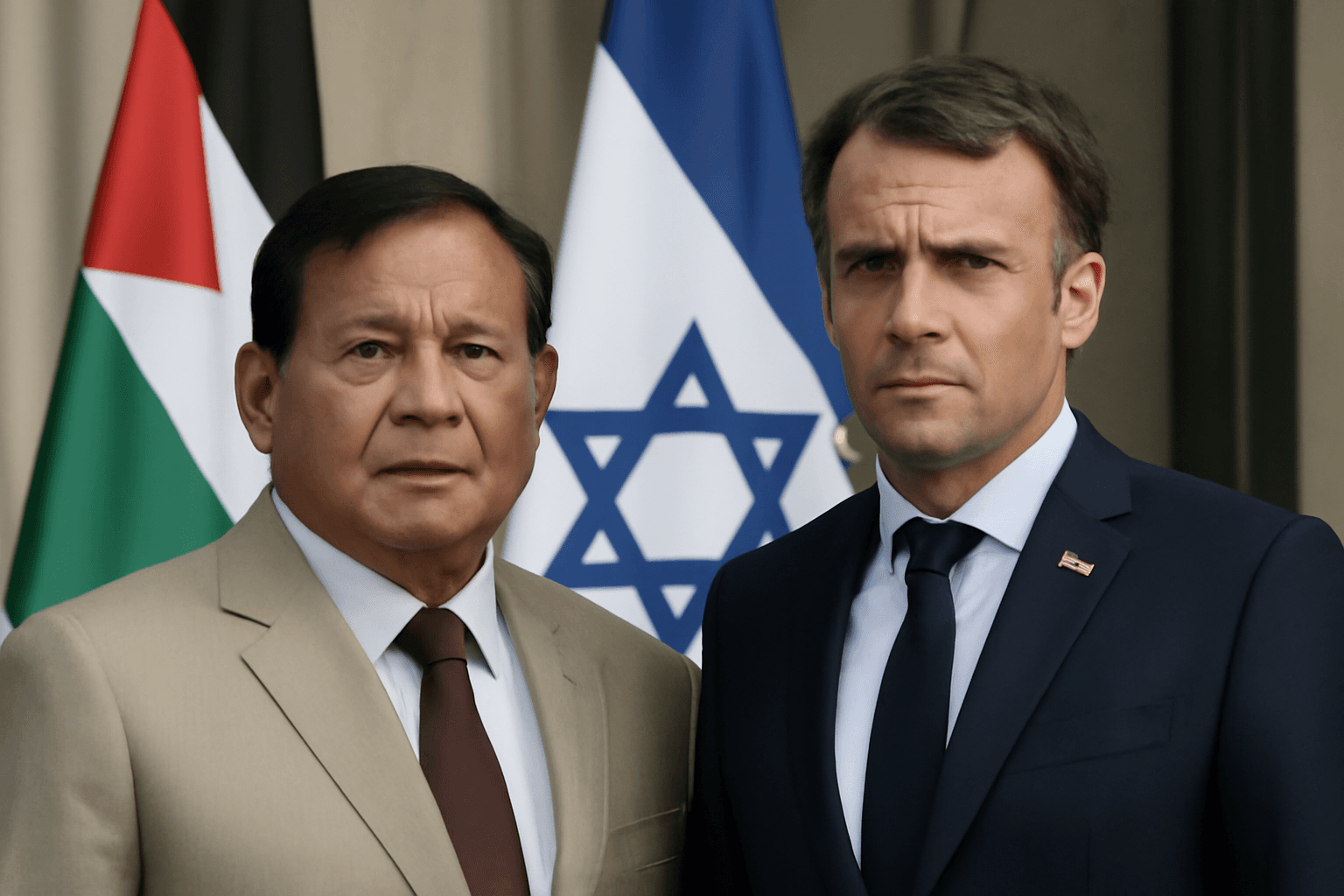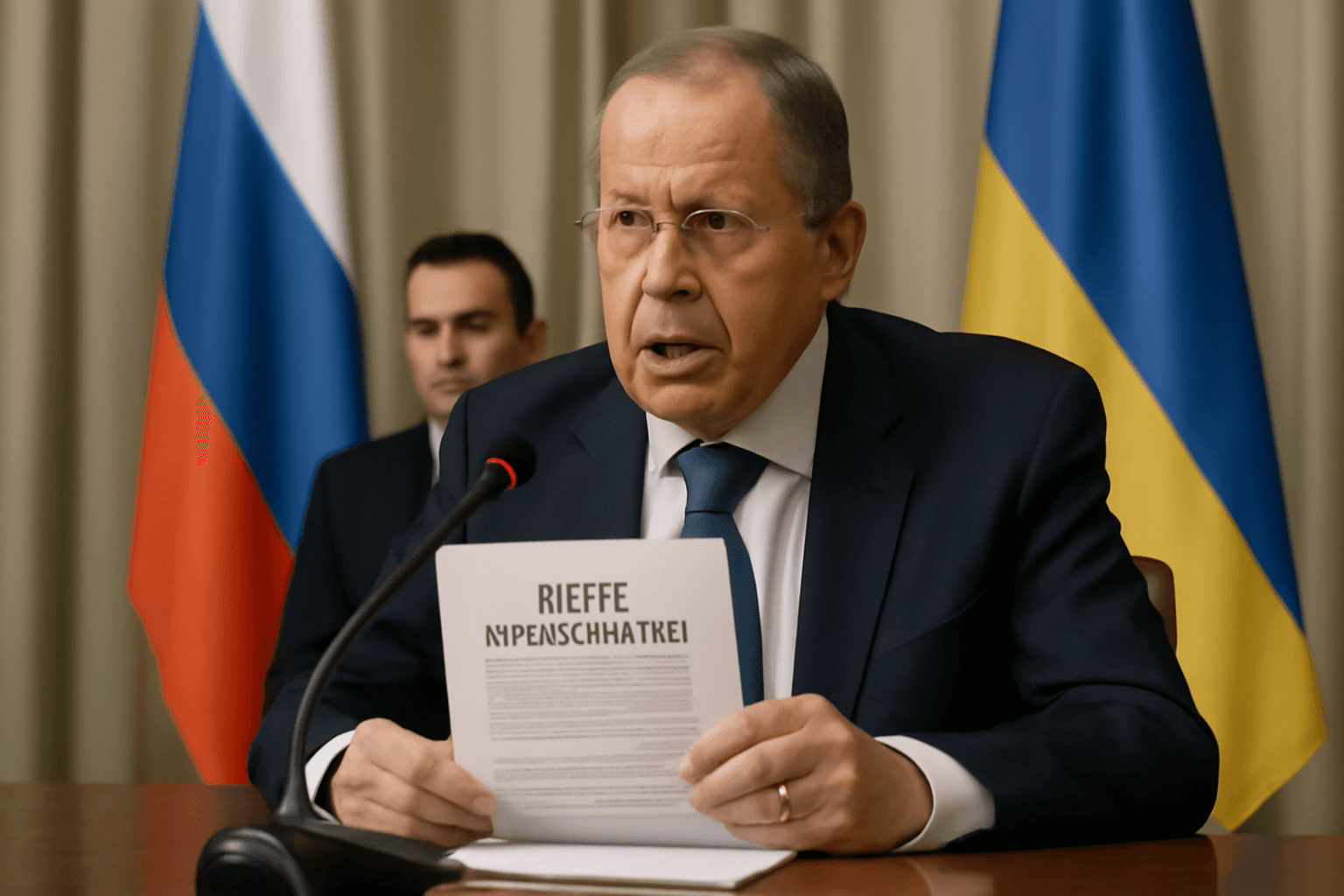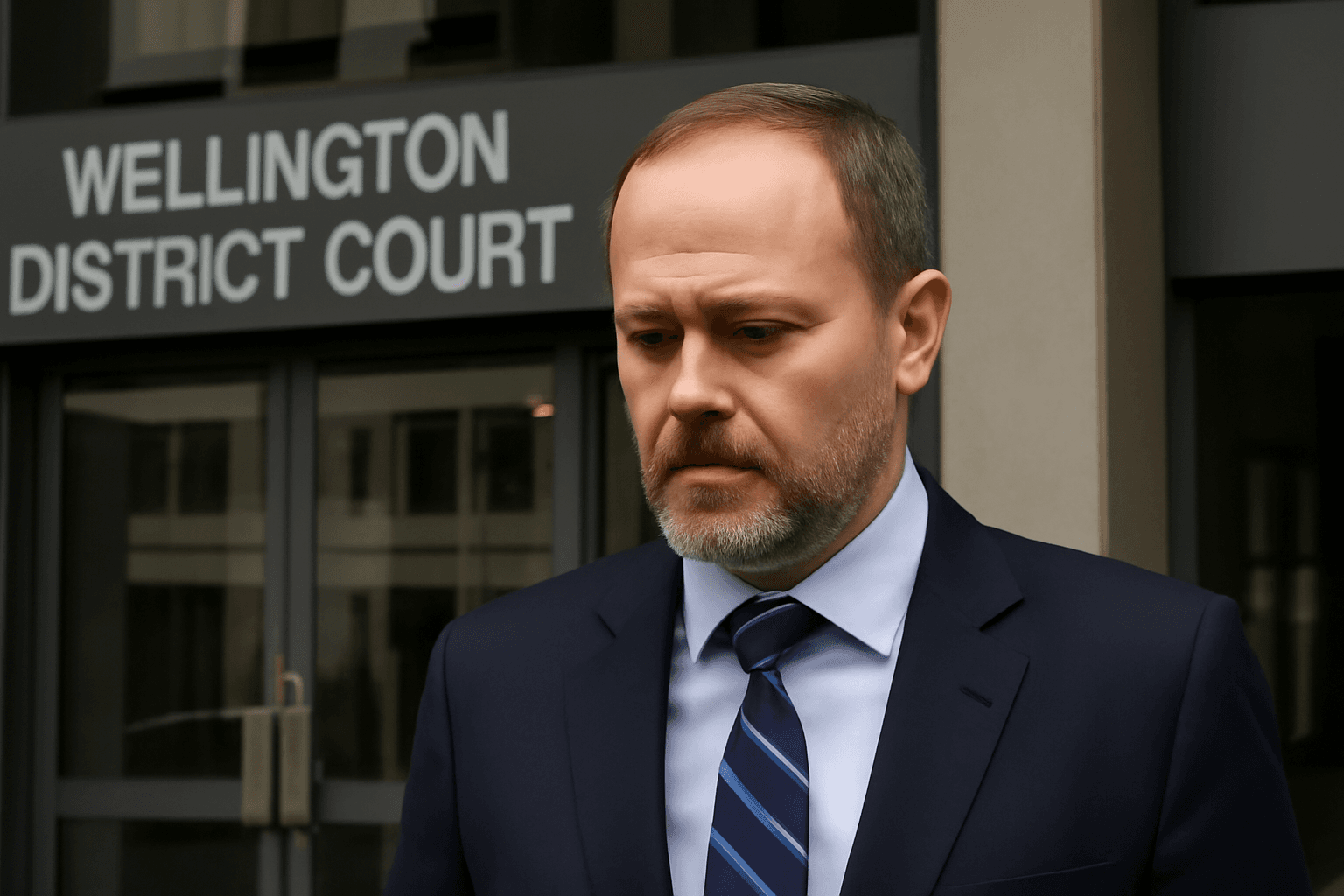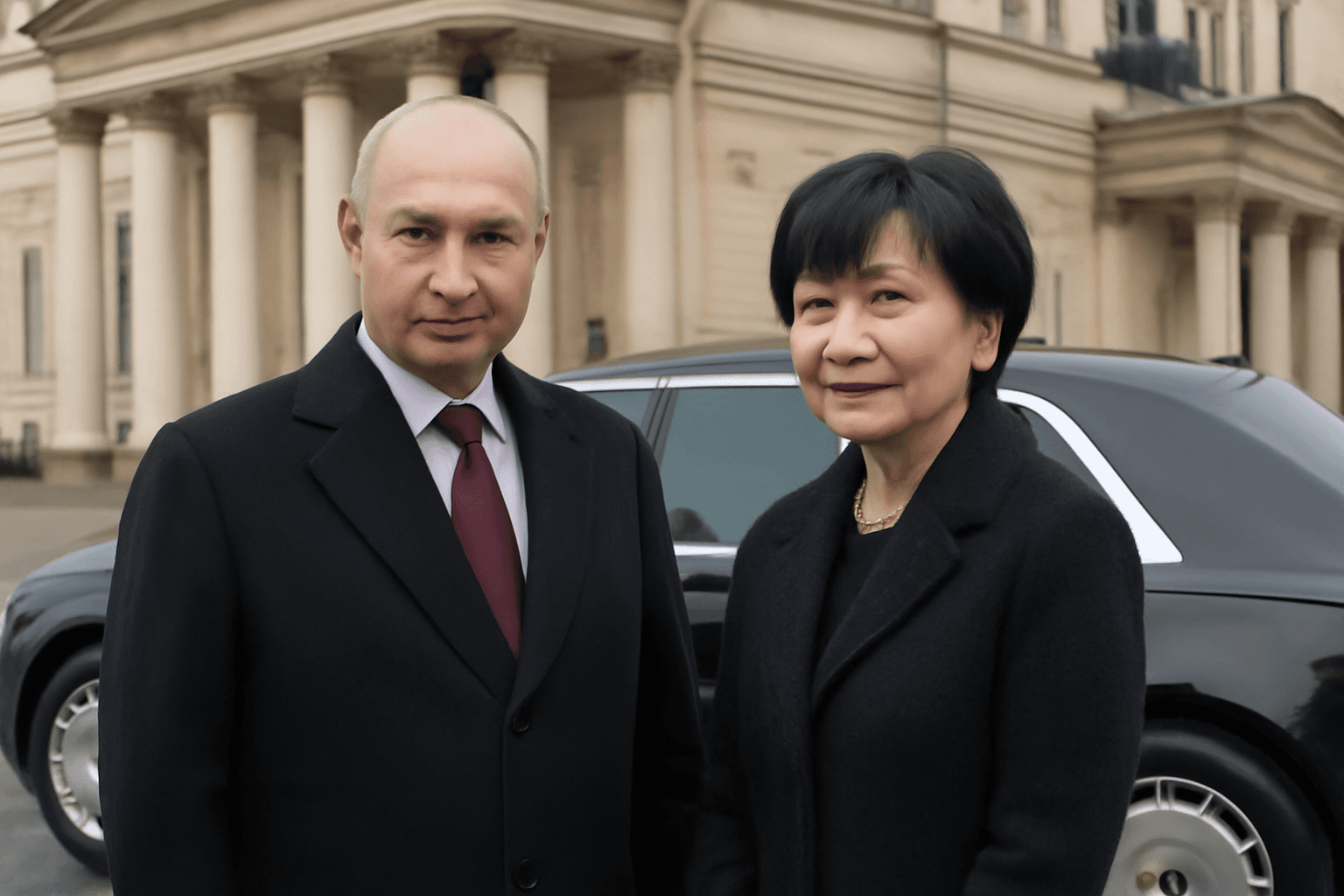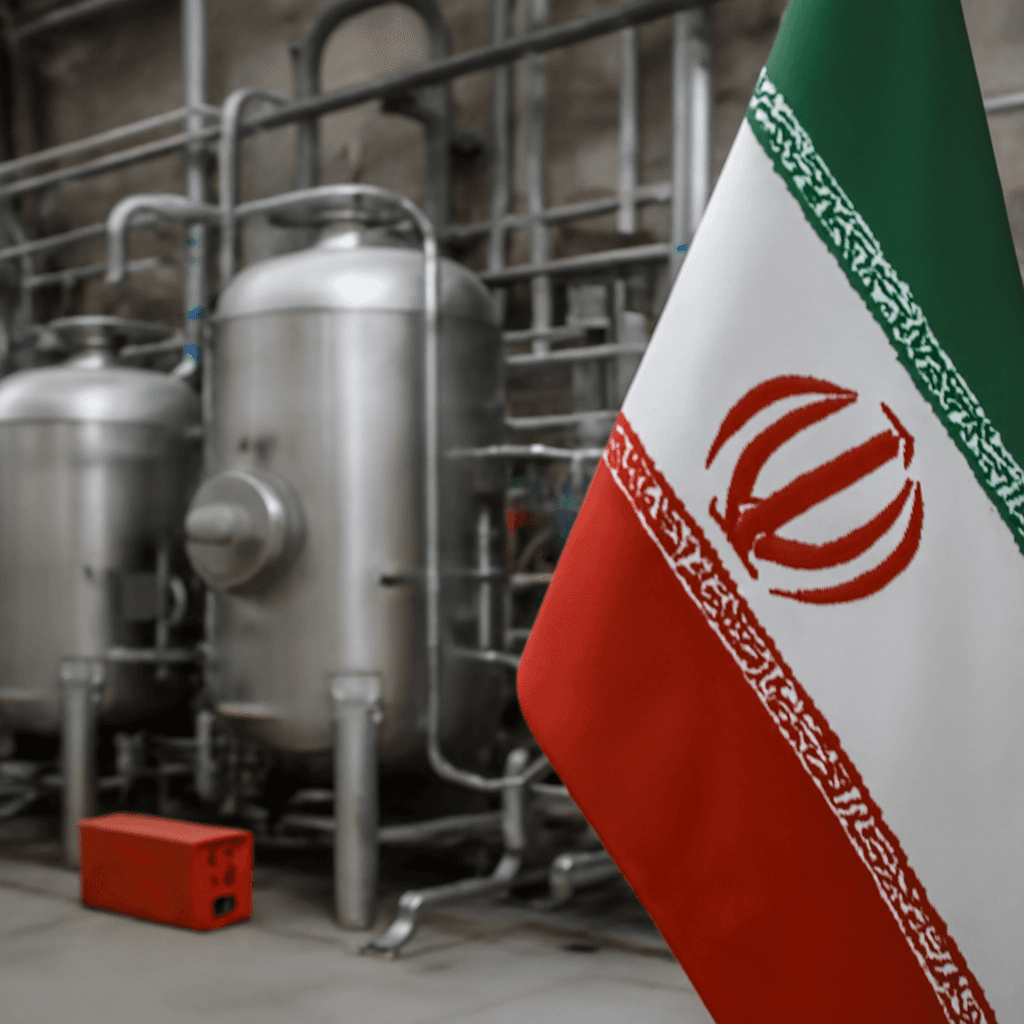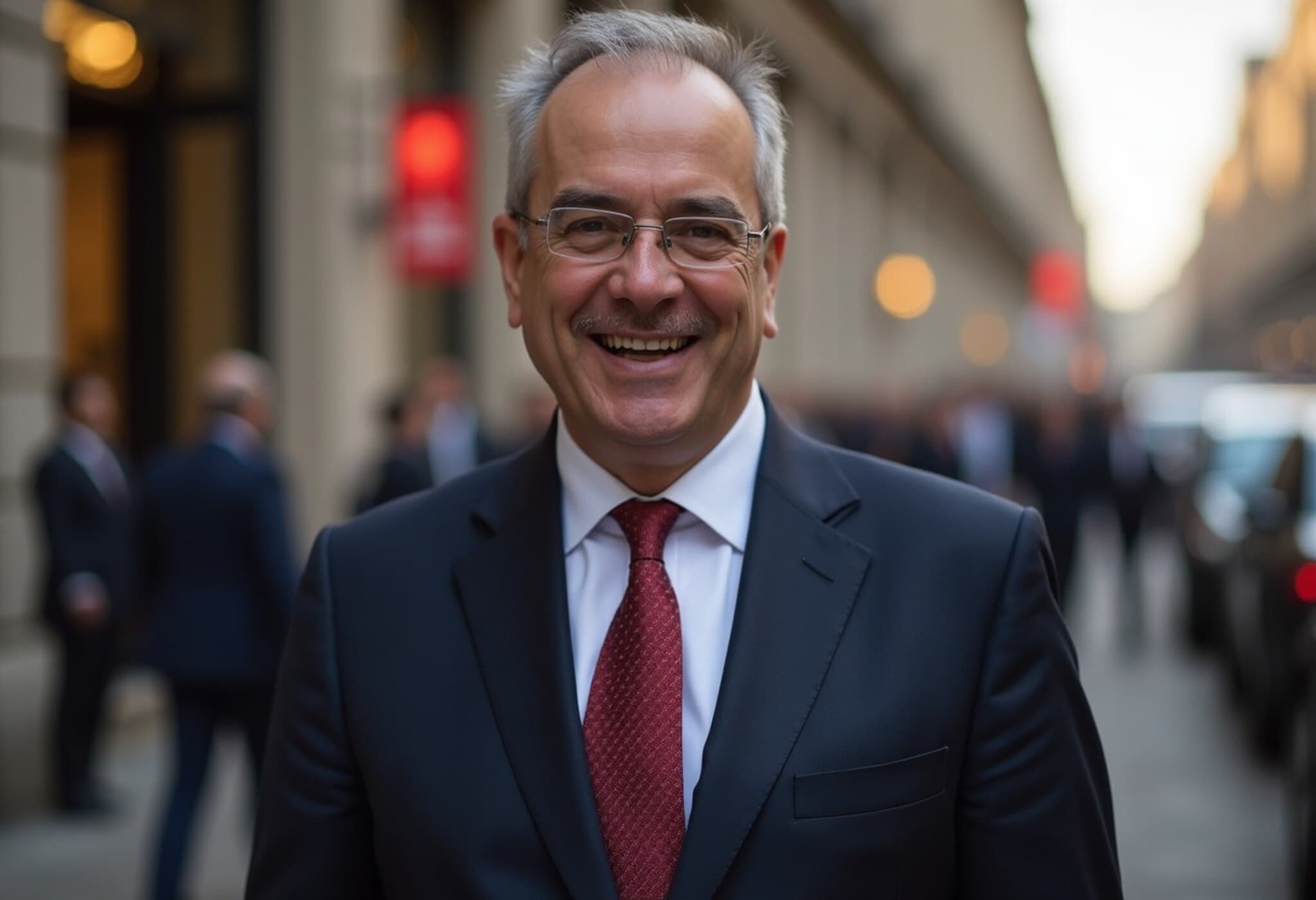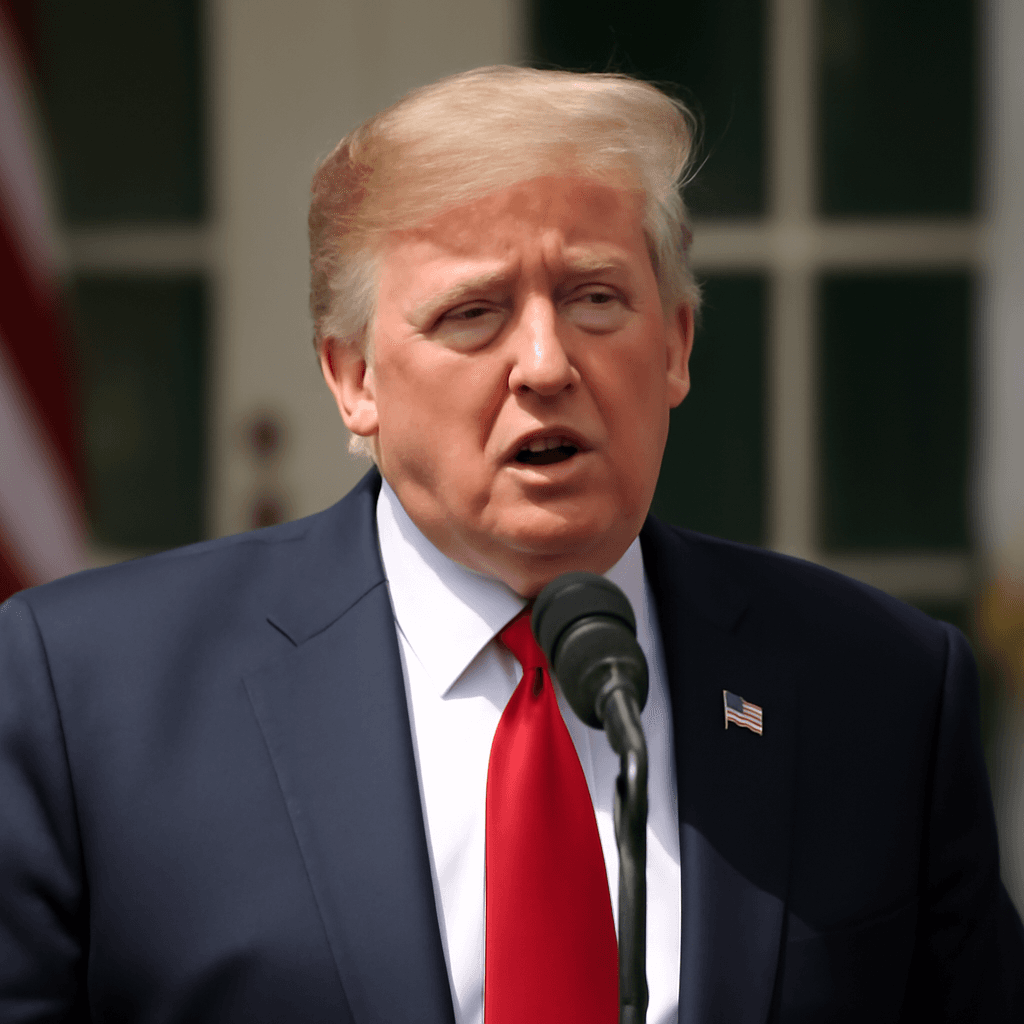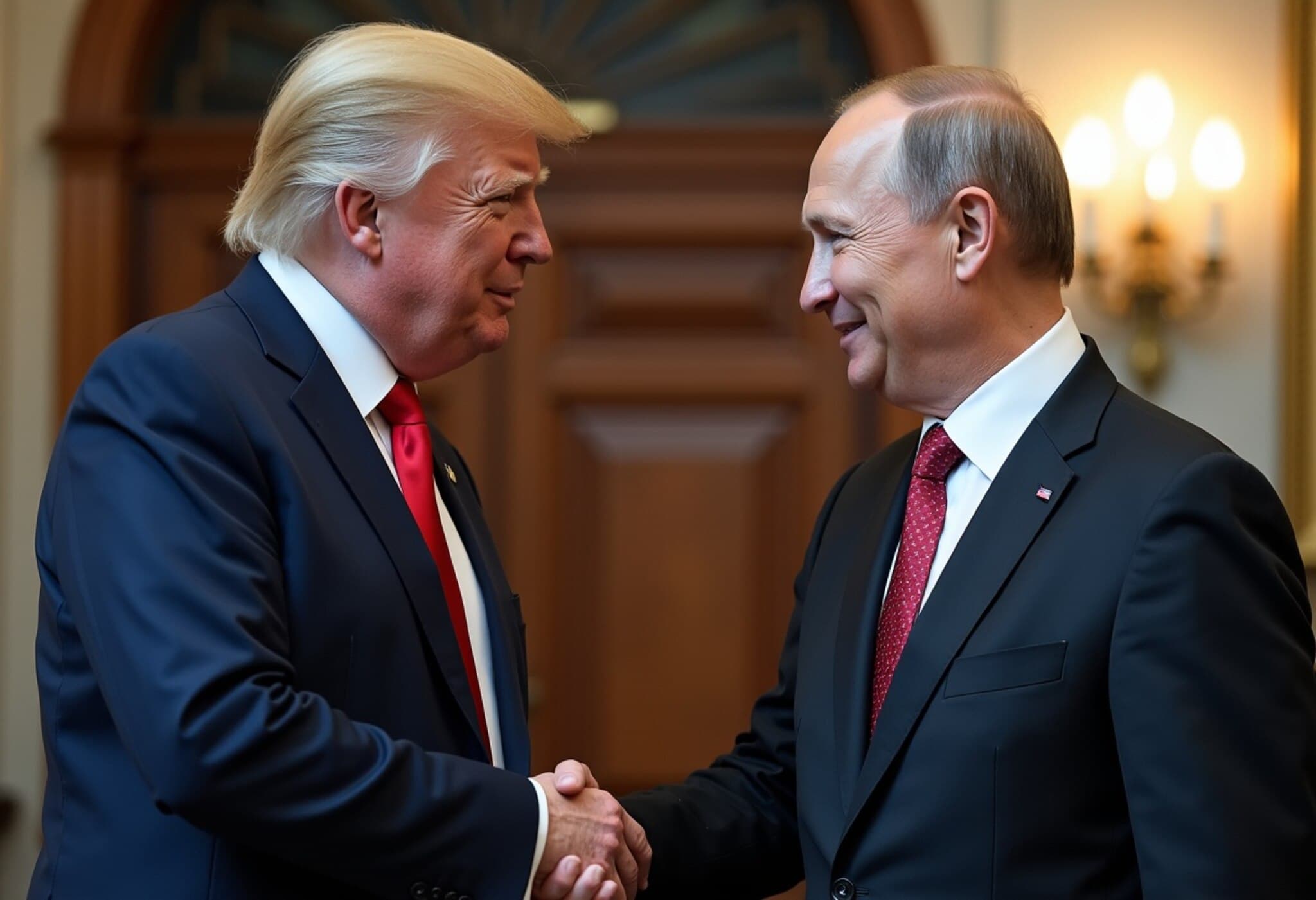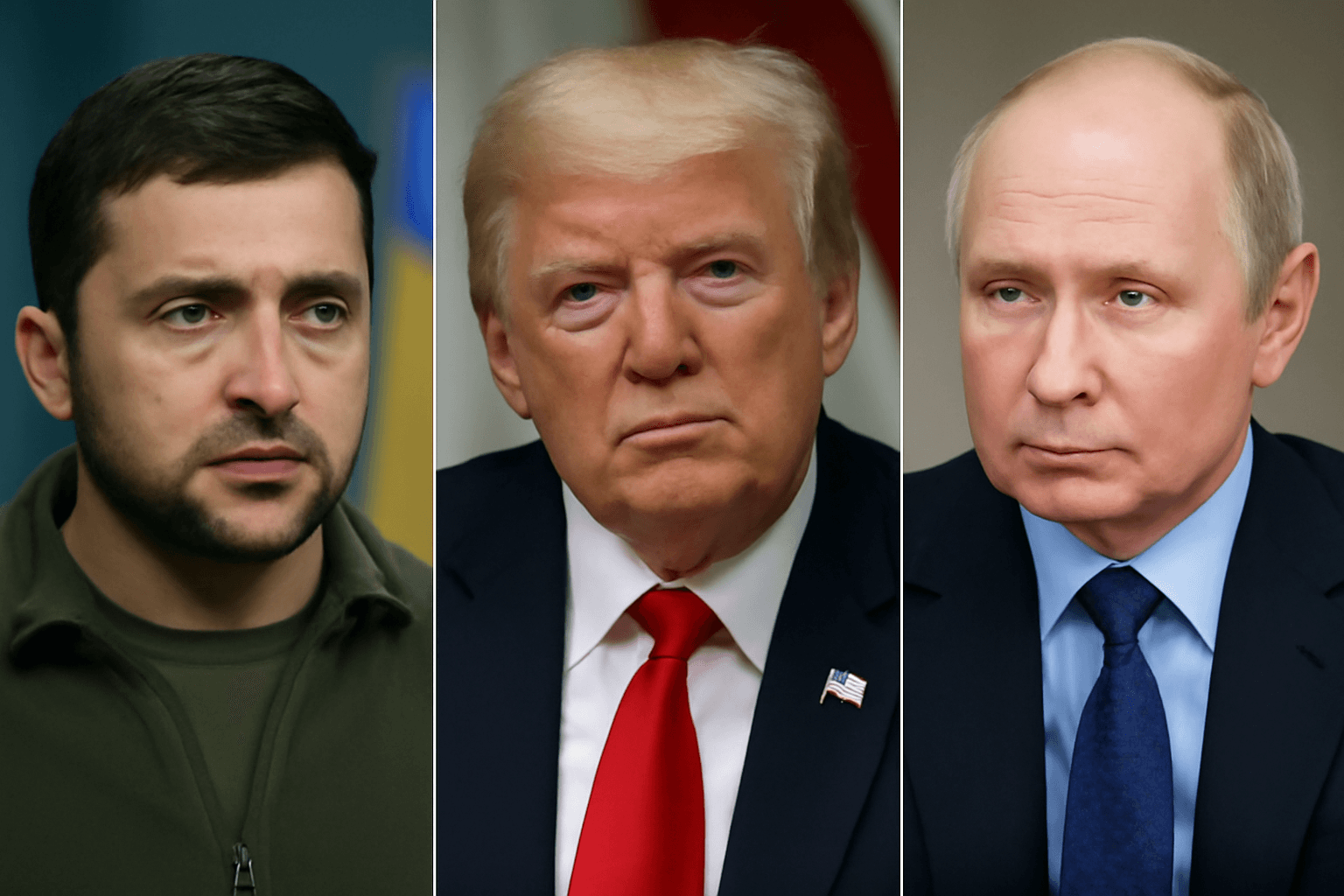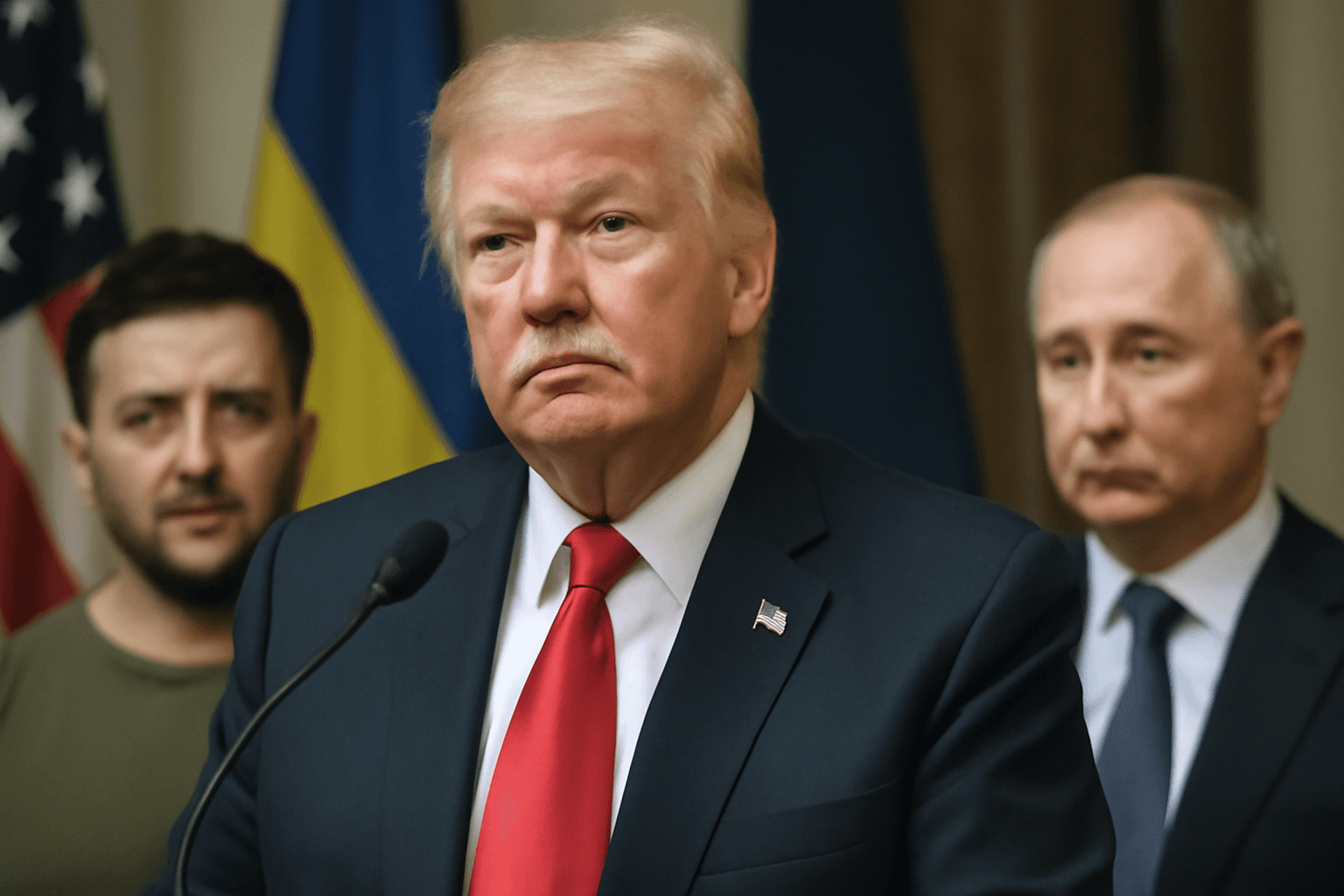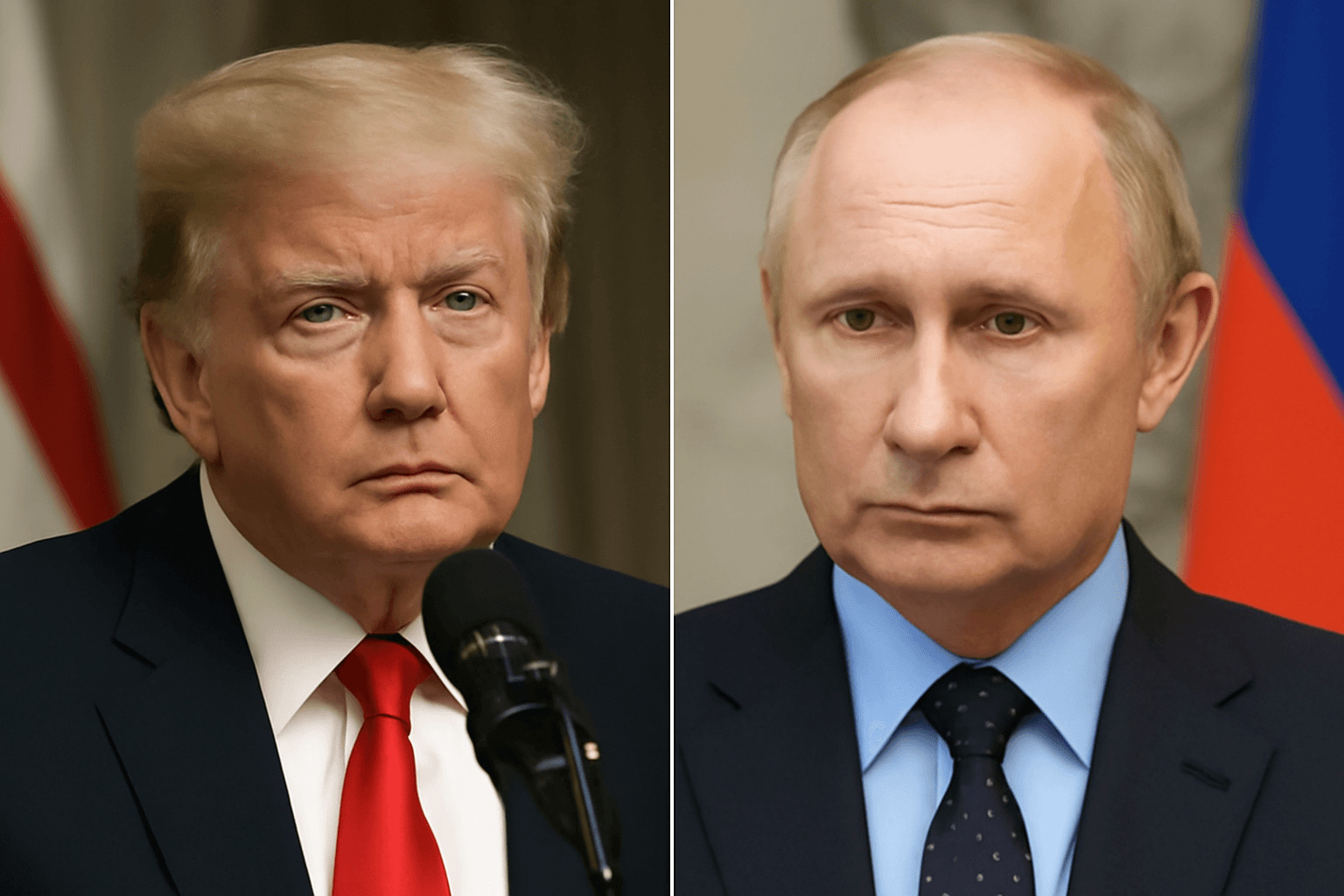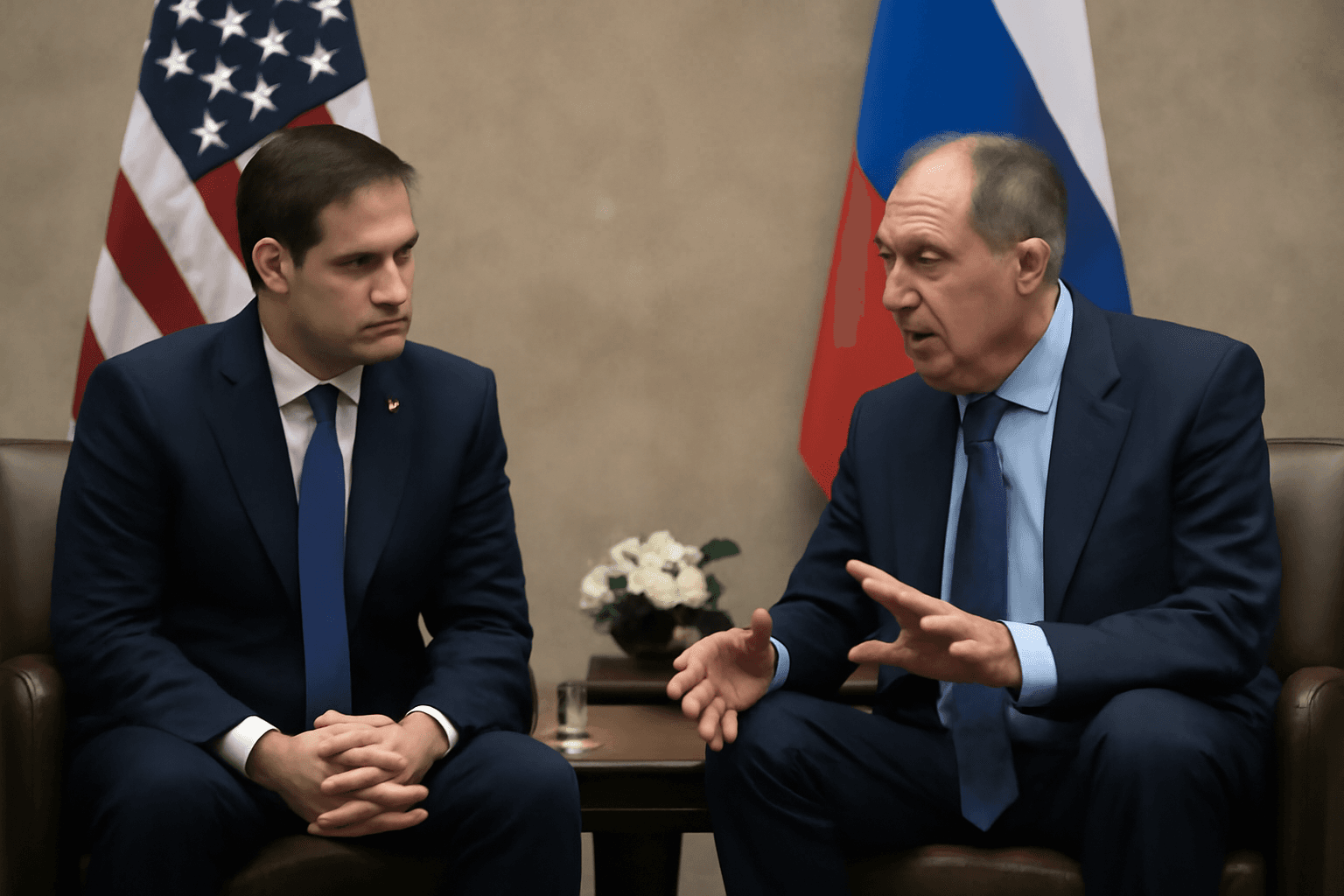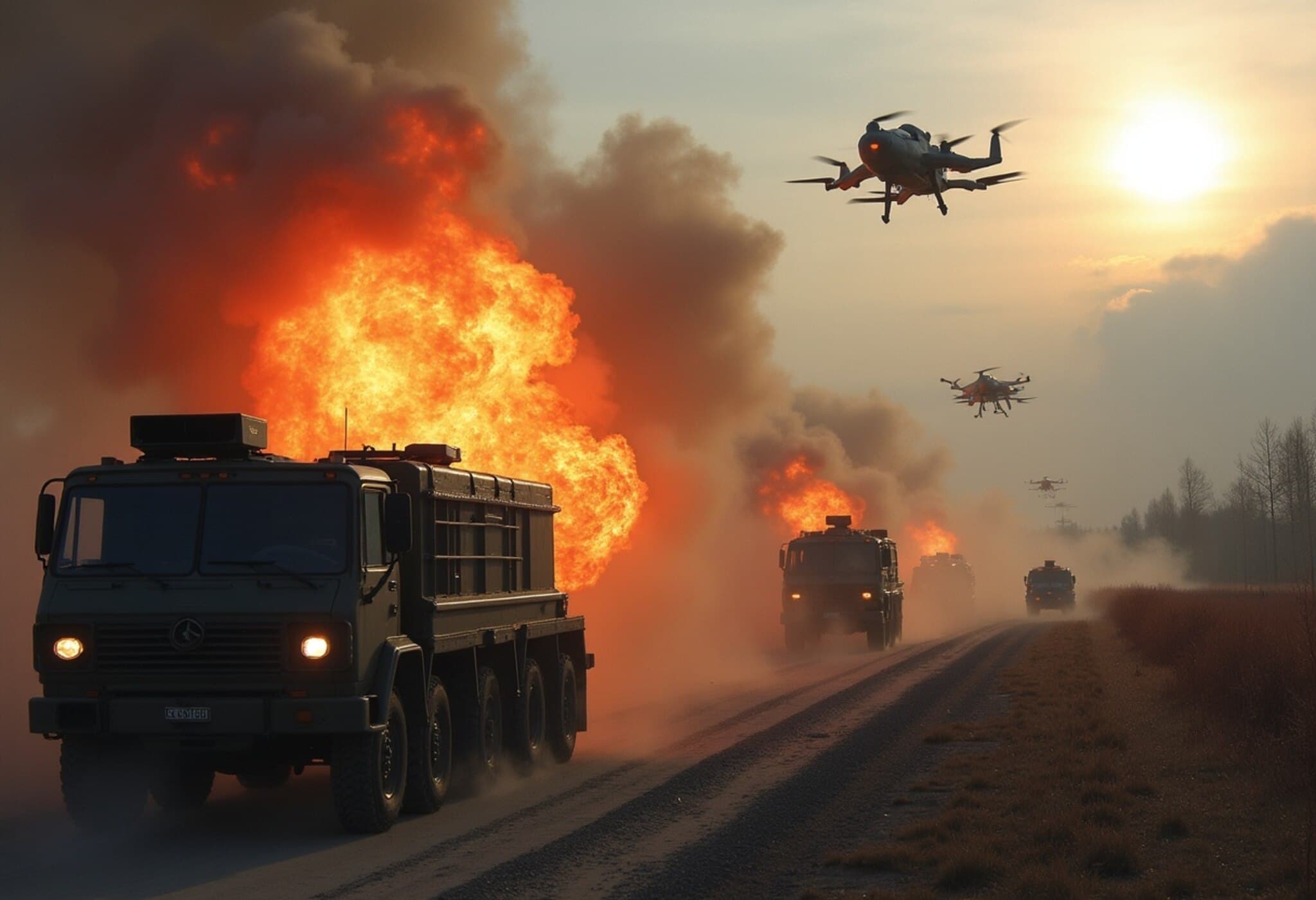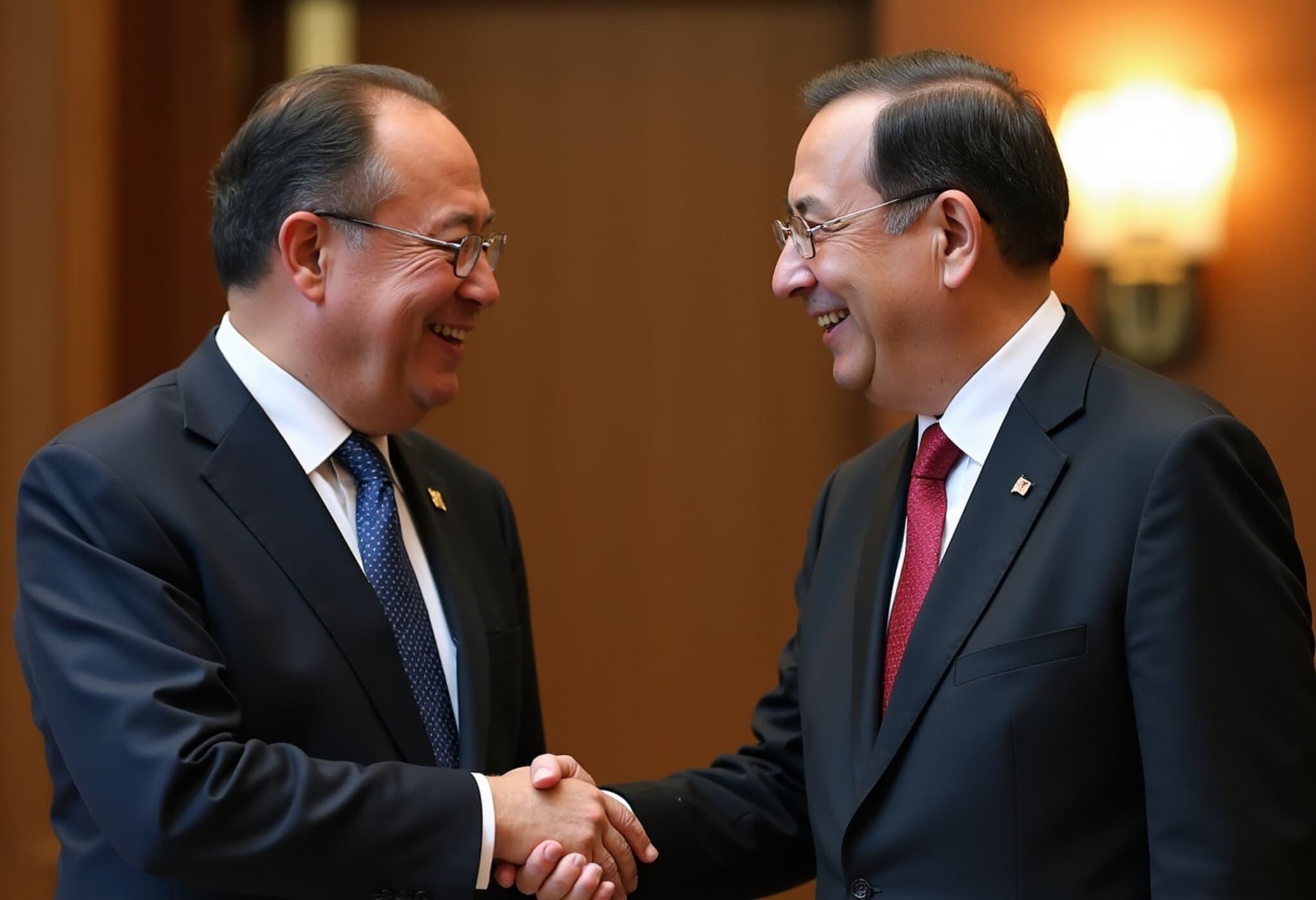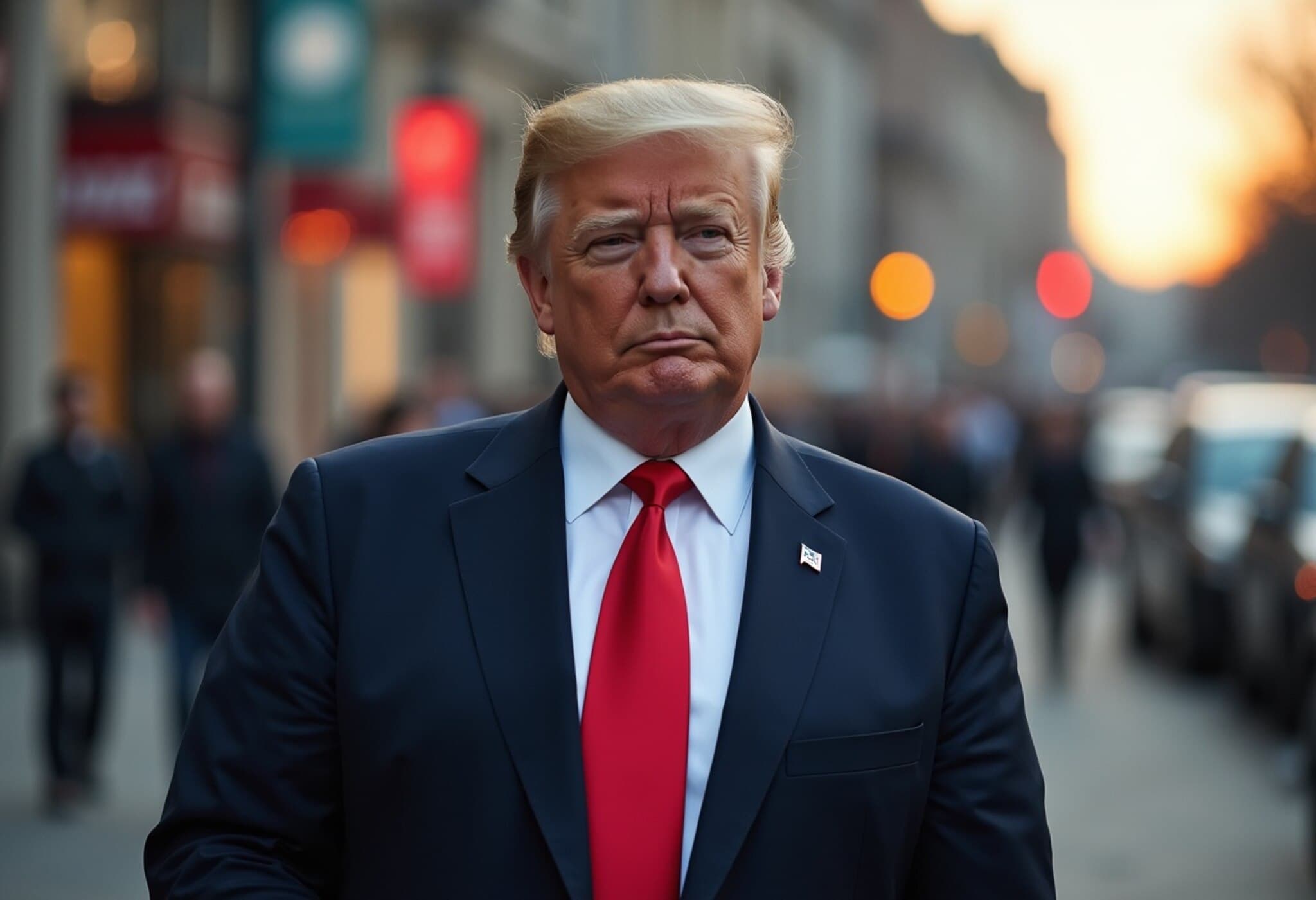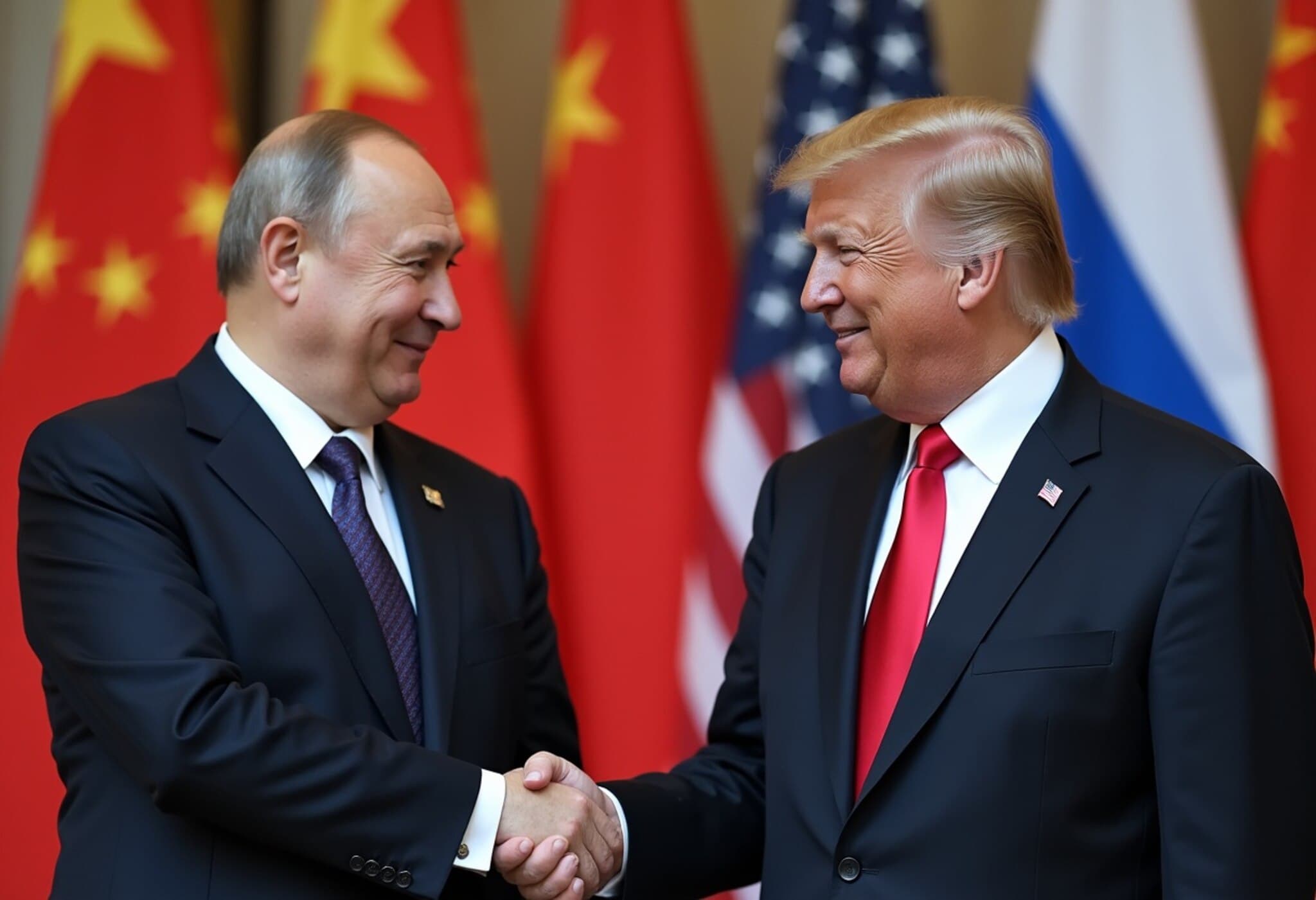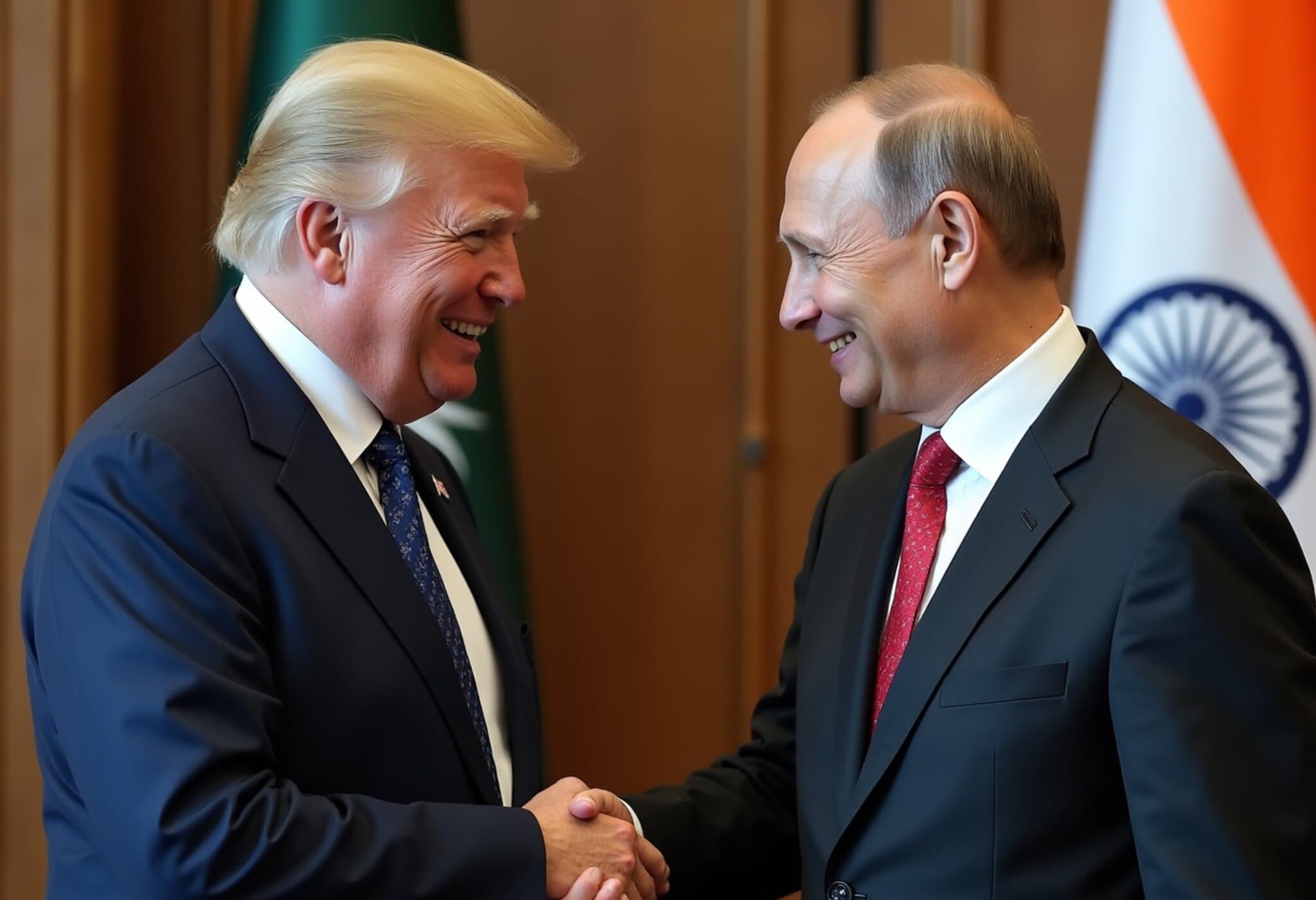Trump and Putin Wrap Up Lengthy Alaska Talks Amid Uncertainty
On August 15, 2025, US President Donald Trump and Russian President Vladimir Putin concluded a lengthy face-to-face meeting at Joint Base Elmendorf-Richardson in Anchorage, Alaska. The encounter spanned over two and a half hours, marking a significant moment in US-Russia relations amidst ongoing geopolitical tensions.
Unexpected Press Conference Dynamics
The summit concluded with a press conference that caught many observers off guard. Unlike typical diplomatic briefings, the event ended abruptly without any questions from the media. Two lecterns had been prepared, hinting at a cooperative dialogue; however, the lack of a Q&A session left many wondering about the substance of the discussions.
Notably, President Putin stepped forward first to address the press—an unusual reversal of protocol, as normally the American president leads the briefing when hosting. Putin framed the talks as having produced some agreement on certain points but refrained from elaborating. In contrast, Trump took a more cautious stance, stating emphatically, "There is no deal, until a deal." He also emphasized his intention to engage with European leaders, NATO allies, and particularly Ukrainian President Volodymyr Zelenskyy moving forward.
The Broader Implications and Strategic Calculations
The Alaska summit unfolded in a complex international context, with heightened focus on Ukraine, NATO’s eastern flank, and arms control. Despite the length of their discussions, the silence surrounding concrete outcomes reflects the delicate nature of US-Russian negotiations. It also underscores the strategic posturing both leaders engage in to manage domestic and international perceptions.
Experts familiar with these diplomatic exchanges highlight that extended meetings with low transparency often serve several purposes:
- Testing personal rapport and mutual trust between the leaders.
- Signaling flexibility or firmness in key negotiation points.
- Setting the stage for broader multilateral talks.
From a US perspective, the emphasis on subsequent discussions with European and NATO partners, especially Ukraine, indicates a strategy of coordination and alliance assurance before finalizing any agreements with Russia.
Why This Matters for US Foreign Policy and Global Stability
This high-profile meeting, though lacking in immediate breakthroughs, serves as a barometer of the uneasy but ongoing dialogue between two powerful nations with competing interests. It also raises important questions about:
- The future of arms control agreements and nuclear risk reduction.
- How US-Russia relations will influence the security architecture of Europe and Eurasia.
- The role of diplomacy in managing geopolitical rivalry without escalating conflicts.
In the context of American politics, Trump’s approach—coupled with his readiness to alter the press conference plans depending on the talks’ outcome—reflects a nuanced balancing act between diplomatic openness and controlling the narrative.
Looking Ahead
As officials delve into the details behind closed doors, global watchers will closely monitor follow-up engagements with European allies and Ukraine. The success of any long-term arrangement depends on transparent communication, trust-building, and multilateral cooperation.


